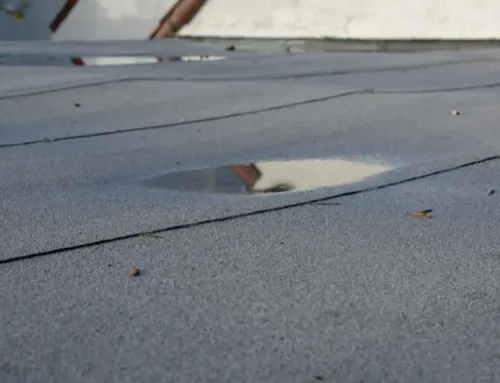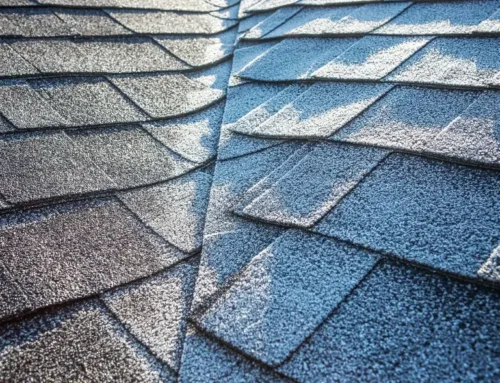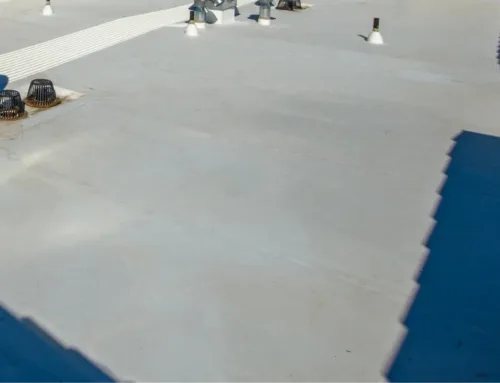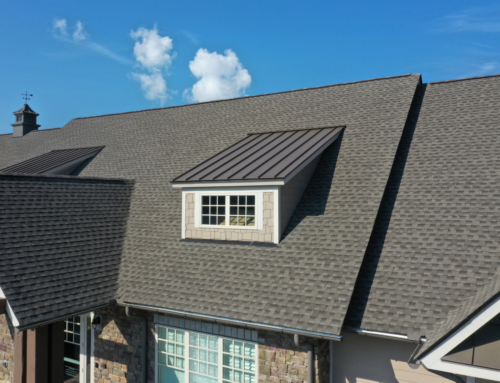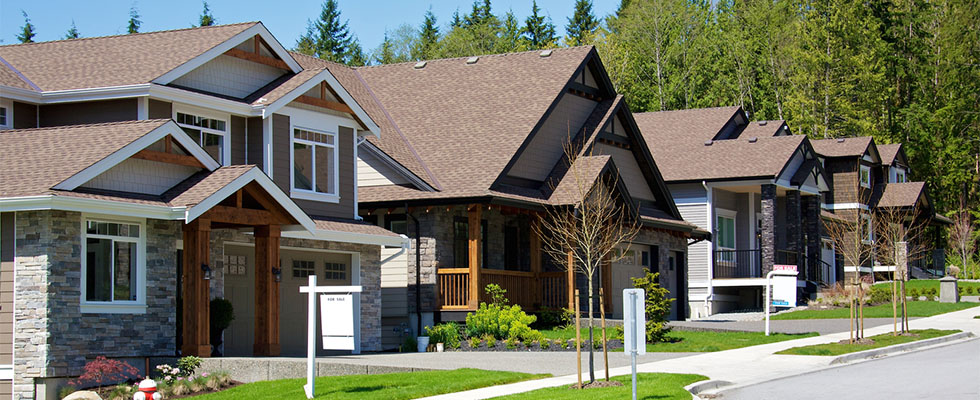
Common Roof Designs and Styles
One of the biggest investments you could make towards your home is your roof. Not only can it increase the value of your home, but it also protects the entire inside from weather and is a major player in the overall curb appeal of your home as well. There are many different types and styles of roofs to choose from, so which is the best option? If you feel stuck and don’t know where to begin, we’ve got you covered! We have put together a list of some roof designs and styles to help you get started.
Gable Roof
When you think back to the original style of a house you would draw with crayons, this is probably what your roof looked like. A gable roof is a triangle with the base resting on the house and the two sides rising to meet the ridge. Slopes can vary drastically from steep chalet-style designs to rooftops with a gentle grade.
Mansard Roof
A classic French architecture design. This four-sided design with double slopes has very steep lower slopes, which can be flat or curved.
Saltbox
It’s an asymmetrical, long pitched roof complete with one very long side and one short side. Saltbox roofs are perfect for areas with heavy snowfall and rain so water can easily run off without any excess buildup.
Flat Roof
This roof is exactly as it sounds, flat! This roof is easy to construct and safe, but requires more maintenance as leaves, dirt, and debris will build up over time.
Pyramid Roof
Just like this type sounds, this roof is shaped like a pyramid. It’s usually used on small portions of homes or small structures such as a garage or pool house. There are a couple different similar roofs with variations such as the Hip Roof and the Bonnet Roof.
Skillion Roof
Sometimes used on just a portion of the home, this style is a single sloping surface. To wrap your mind around this roof, think of it as a flat roof that has been inclined slightly or as half of a triangular roof. It can create a unique shape for part of your home’s exterior.
Gambrel
A gambrel roof is the type of roof you’ll see on a red barn. It has a pitched low slope angle on top that runs down to two panels that run down the side of the house creating a sort of four-sided structure. Often, they are used in barns, so that the hay loft can utilize the space for storage of bails and other farm equipment.
A-Frame
Your classic A-frame style roof is a steeply pitched roof that makes the shape of an “A.” They will often run from the ground/foundation to the point making for a super unique design. Cabins are one of the most common structures that will be built with an A-frame roof.
Shed Roof
This style is for more of a modern take on a house. This style tends to “lean” and resembles half of a gable style roof. Most commonly used for porches and additions, this style is now found of ultra-modern builds. Most shed roofs tend to have steeper and lower slopes.
Hip Roof
A traditional hip roof consists of four equal-length slopes that meet to form a simple ridge. There are variations, though, such as a half-hip that features two shorter sides with eaves.
Jerkinhead Roof
Jerkinhead roofs combine elements from both gable and hip roofs. Sometimes these roofs are known as clipped gable roofs or English hip roofs. They are more stable than a regular gable roof; by clipping or turning the point down, the roof becomes more stable. They also provide more space than traditional hip roofs. However, while these roofs can have complex designs, the more complex the design the higher the costs.
Butterfly Roof
Yes, a butterfly roof gets its name from its butterfly-wing like appearance. Instead of coming to a point on the top, the two slopes go downwards towards each other, creating a valley in the middle of the roof, rather than a high pitch point. They are a highly unique design. The con of a butterfly roof is the price. It is drastically more expensive than most due to its complex design and installation.
We’ve given you a breakdown of common roof shapes, ultimately the decision is up to you based on personal preference, budget, and location. A few things to help when deciding:
● Drive through neighborhoods, browse houses online, and look through magazines to find a roof style and color that reflects your dream house.
● Consider your neighborhood. Do you have the choice to blend into your surroundings or stand out — or are there building codes and HOA restrictions that limit your options?
● Lay out your budget and make sure you are clear about what you want to spend. Some roofing will be more expensive simply based on the style – you need to know what your priority is. If budget is more important, then you can go ahead and take some of the more expensive styles off your list.
If you have questions or are ready to start discussing details of your new roof. We would be happy to help you! Contact us to schedule an estimate today!

